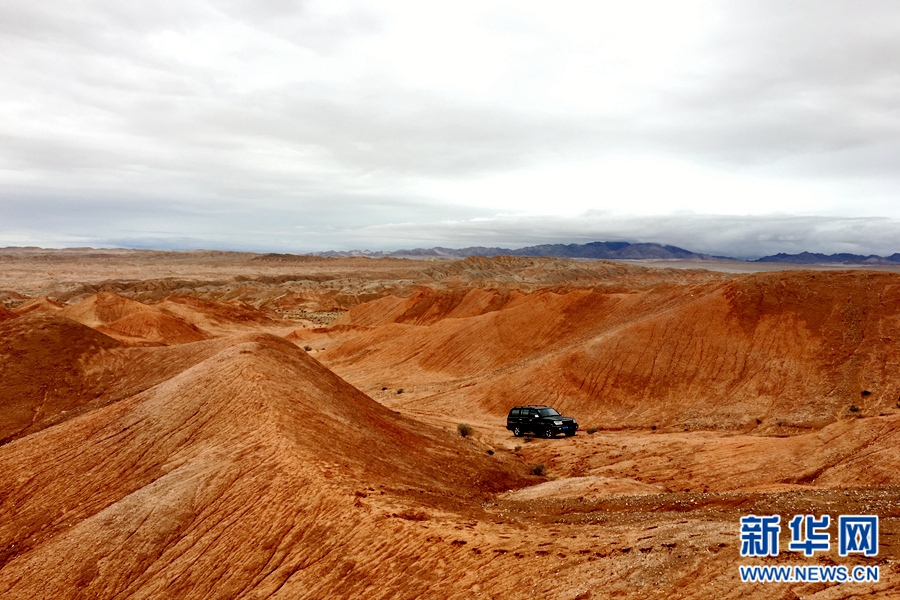Planners have mapped out a 400-million-yuan ($61 million) development plan to turn a red rock basin in China into a Mars scientific research base and eco-tourism site.
 |
|
Planners have mapped out a 400-million-yuan development plan to turn a red rock basin in China into a Mars scientific research base and eco-tourism site. [Photo/Xinhua] |
Liu Xiaoqun, from the moon and deep-space exploration department of the Chinese Academy of Sciences (CAS), said on Tuesday that a planning meeting was held in Haixi Mongolian and Tibetan autonomous prefecture in Northwest China’s Qinghai province to determine the development of the Mars simulation base.
“As China’s only Mars science and recreation base, we hope it will focus on the scientific theme of space exploration,” he said.
The red rock area in Qaidam basin in western Qinghai has been called the most “Martian” place on Earth, with its natural features, landscape and climate all similar to those on the red planet.
The government of Haixi and the Chinese Academy of Sciences signed an agreement in November last year to build the base, and they have since begun discussing the project’s location.
A number of CAS scientists have participated in the planning of the Mars simulation base in Haixi.
Liu said the base is expected to consist of a “Mars community” and a “Mars campsite.” The campsite will have a number of experimental module-like accommodations. It will be built as a one-stop base for experiential learning in aerospace, astronomy, geography and new energy.
China has started an unmanned Mars probe project and plans to launch a Mars probe around 2020.
“The building of the Mars simulation base has both scientific and ecological significance. It can improve public awareness of space exploration while bringing economic benefits to Haixi,” said Zhang Biao, vice mayor of Delingha city, Haixi.
Follow this news feed: East Asia





